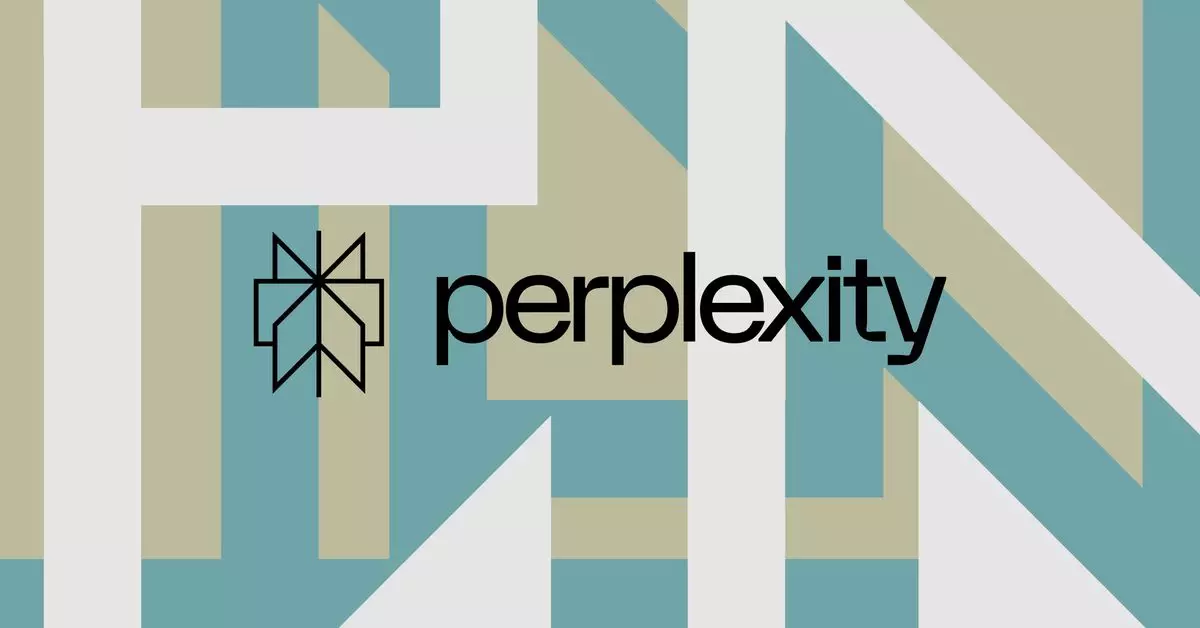Artificial Intelligence (AI) has rapidly transformed how we access and interact with information, fostering a digital landscape that is both revolutionary and contentious. A noteworthy dispute has emerged at this intersection of technology and law, encapsulated by the ongoing legal battle between AI search engine startup Perplexity and News Corp. This lawsuit, which raises essential questions regarding intellectual property and ethical usage of publicly available information, is indicative of the broader conflict between traditional media entities and innovative tech companies.
At the core of the lawsuit is News Corp’s assertion that Perplexity has unlawfully copied content from its publications without proper authorization. This accusation is not merely about corporate rivalry; it raises critical discussions around what constitutes fair use in the era of digital information. According to News Corp, Perplexity’s search engine “copies on a massive scale,” a claim that hints at the broader concern that AI technologies might undermine the financial integrity of traditional media outlets.
Perplexity, on the other hand, challenges this characterization, stating that news organizations like News Corp are attempting to monopolize factual information. They argue that the essence of journalism—reported facts—should not be monopolized by any corporation since facts are inherently public. This stance leads to a complex discussion about copyright law, which primarily protects the expression of ideas rather than the ideas or facts themselves.
Understanding Copyright in the AI Context
The distinction between factual information and how that information is presented is critical in debates over copyright. News Corp’s lawsuit suggests that Perplexity has not only replicated facts but has closely mirrored the framing of those facts in a way that could be deemed infringing. Here, the nuances of copyright law come into play; while facts as entities may be public domain, the unique expression of those facts—such as the language and structure used in articles—can be protected.
Additionally, previous allegations by Forbes highlighted concerns that Perplexity employed “eerily similar wording” to its articles, raising further questions about the degree to which AI can both draw from established content while respecting the boundaries of intellectual property. As these disputes unfold, the conversations around what is protectable under copyright law and how significantly AI can innovate without crossing legal lines remain complex and unresolved.
Perplexity’s Position: A Call for Collaboration
In defending its stance, Perplexity has expressed a desire for collaboration rather than conflict with media companies. The company asserts that the lawsuit reflects a shortsighted view of the evolving relationship between the media and technology sectors. Perplexity is particularly vocal about its initiatives aimed at fostering partnerships with traditional media outlets, noting its revenue-sharing programs alongside major publications like Time and Fortune. This approach underscores an essential point: the potential for symbiosis rather than antagonism between AI tools and media creators.
Critics may argue, however, that such initiatives are not a substitute for the foundational integrity of original content. In an age where information is more accessible than ever, can AI startups truly compensate for the loss of direct engagement with content creators? The implication is that while AI might streamline access to information, it may concurrently erode the financial models that sustain journalism.
As the legal battle progresses, it is evident that the ramifications will extend beyond the immediate parties involved. This case serves as a significant litmus test for the policies governing digital content and AI technologies. It sparks a broader discourse about the need for reform in intellectual property laws to adequately address the transformative nature of AI.
Legal frameworks must evolve to properly balance the rights of content creators and the innovative capabilities of technology companies. A clear pathway around fair use, licensing, and the treatment of copyrighted material in the context of AI-generated content will be vital for fostering an environment where both journalism and technology can thrive together.
The lawsuit between Perplexity and News Corp is more than just a corporate dispute; it is a significant juncture in shaping the future of media and technology relations. It compels observers to consider not only the legal implications but also the ethical dimensions of an increasingly automated information ecosystem, where the ownership of knowledge remains a pivotal battleground. As both sides seek to assert their rights and reshape the narrative, the ultimate question remains: can we build a framework where innovation and traditional media coexist for a sustainable future?

